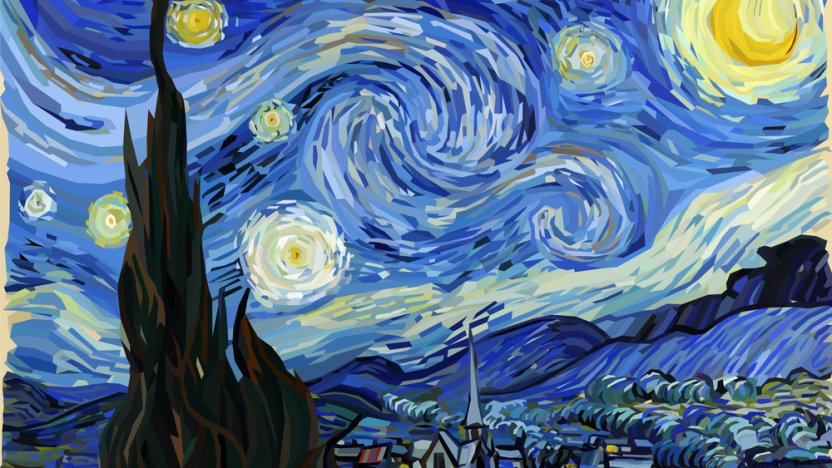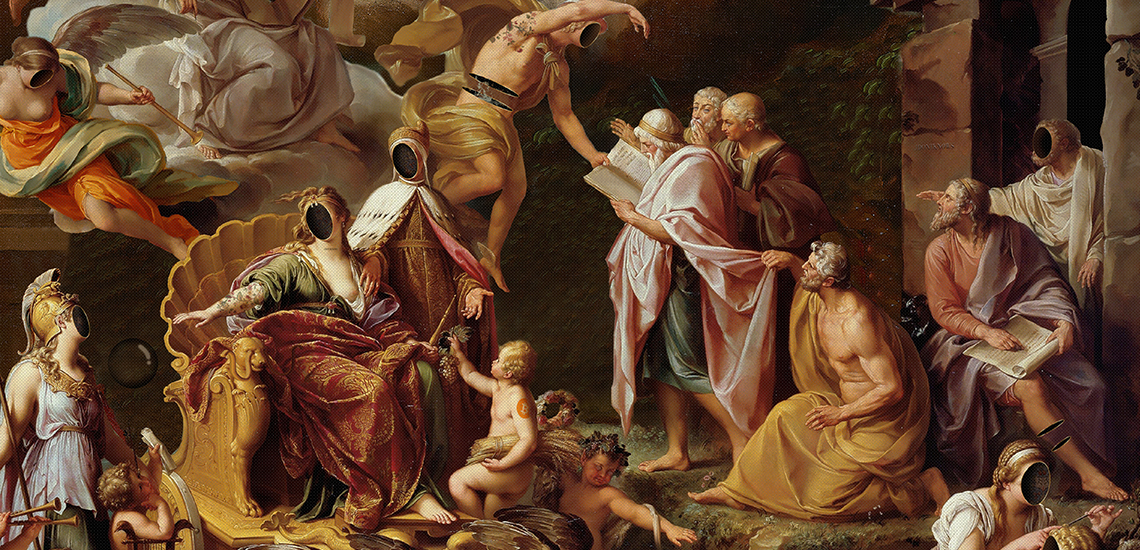Starting a Visual Trip Via the Lyrical Analyses of Nature in Stylist Landscapes
In the world of art background, the Stylist movement stands apart as a crucial duration that changed the means nature was shown on canvas. Artists such as Claude Monet, Camille Pissarro, Edgar Degas, Berthe Morisot, and Vincent Van Gogh caught the essence of the environment via their one-of-a-kind analyses, creating landscapes that transcend mere graph. Each brushstroke, each play of light and darkness, and each color choice in their works talks volumes regarding the artists' deep connection to nature and their ability to translate its elegance onto the canvas. As we check out the lyrical analyses of nature in Stylist landscapes, we are welcomed to immerse ourselves in a globe where reality and feeling link, supplying a glance right into the artists' profound recognition for the natural globe.
The Exciting Brushstrokes of Claude Monet
Claude Monet's mastery of brushstrokes goes beyond mere strategy, imbuing his landscapes with a heavenly top quality that fascinates and captivates customers - trump art. His ingenious use color and light, incorporated with his distinctive brushwork, creates a feeling of activity and life within his paints. Monet's renowned series of jobs portraying water lilies and his renowned haystacks display his capability to record the fleeting results of light and ambience

Taking On Light and Darkness With Camille Pissarro
Embodying a comparable respect for the interplay of light and shadow, Camille Pissarro's imaginative vision unravels as a harmonious exploration of the environment's luminous subtleties. Pissarro, a key figure in the Impressionist movement, masterfully caught the vibrant relationship between light and darkness in his landscapes. His skilled use of shade and brushwork enabled him to communicate the refined changes in light that define different times of day and seasons.
Pissarro's paintings often feature dappled sunlight infiltrating leaves, casting elaborate patterns of light and darkness on the earth below. In works such as "Hoar Frost, the Impact of Snow, Pontoise," Pissarro skillfully shows the crisp illumination of winter season sunlight juxtaposed with the cool shadows that define the snowy landscape. By accepting both light and shadow in his structures, Pissarro welcomes customers to submerse themselves in the all-natural elegance and short-term results of light on the planet around them.

With Pissarro's works, we are reminded of the transformative power of light and shadow, inviting us to pause and appreciate the short lived minutes of appeal existing in the day-to-day landscapes that border us.
A Harmony of Color Styles by Edgar Degas
Edgar Degas manages a lively symphony of colors in his masterful artworks, infusing his structures with a vibrant interplay of tones that captivate the viewer's stare. Recognized largely for his ballet professional dancers and intimate scenes of Parisian life, Degas expertly adjusted shades to share mood and motion in his paintings. trump art. His use of vibrant, contrasting colors and subtle tonal variants produced a sense of depth and vibrancy within his jobs
Degas' shade combination commonly was composed of rich blues, deep greens, and cozy oranges, which he used with positive brushstrokes to record the significance of his subjects. Whether portraying a ballerina mid-performance or a team of close friends chatting at a cafe, Degas' colors not only portrayed the scene yet additionally evoked a feeling of feeling and energy.
In Addition, Degas' trial and error with light and shadow added an added layer of complexity to Learn More his shade structures, enhancing the general environment of his paints (trump art). Via his proficient control of color, Degas produced an aesthetic harmony that continues to reverberate with audiences today
Exploring Nature's Peacefulness With Berthe Morisot
Berthe Morisot's artistic vision supplies a serene separation from the dynamic shade symphonies of Edgar Degas, as she records the try here tranquility of nature in her expressive landscapes. Known for her delicate brushwork and intimate representations of daily life, Morisot's landscapes exude a sense of tranquility and harmony.
Morisot's paints usually feature soft, soft tones that convey a sense of peace and serenity. Her works, such as "The Cradle" and "Summer season's Day," display her capability to record the subtle charm of nature in such a way that is both contemplative and relaxing to the visitor.
Unlike some of her Impressionist equivalents that focused on dynamic compositions and strong shades, Morisot favored to create gentle, reflective scenes that welcome the viewer to reflect and pause. With her skillful use light and darkness, Morisot develops a feeling of tranquility that resonates with the audience on a deep psychological degree.
The Psychological Landscapes of Vincent Van Gogh
Vincent Van Gogh's landscapes strongly communicate a deepness of feeling via their vibrant brushwork and meaningful usage of shade. The Dutch post-impressionist musician is renowned for his capability to catch raw and extreme feelings in his paints, going beyond typical representations of nature. Van Gogh's turbulent individual life, noted by psychological wellness battles, greatly influenced his art, instilling his landscapes with a feeling of anxiousness, sorrowful, or exuberance.
In works such as "Starry Evening" and "Wheatfield with Crows," Van Gogh's swirling brushstrokes and vibrant color options stimulate a profound emotional reaction from audiences. The rough skies and agitated landscapes in his paints mirror his internal chaos and emotional turbulence, welcoming visitors to explore the intricacies of his psyche.
Van Gogh's distinct visual language, identified by overstated point of views and vibrant use shade, produces landscapes that resonate with visitors on a deeply psychological level. Through his art, Van Gogh invites us to see nature not equally as an outside truth but as a mirror of our innermost sensations and feelings.
Conclusion
Finally, the impressionist landscapes of artists such as Claude Monet, Camille Pissarro, Edgar Degas, Berthe Morisot, and Vincent Van Gogh supply a captivating and unique aesthetic interpretation of nature. Via their use brushstrokes, feeling, light, and color, these musicians have developed a symphony of photos that stimulate look at this now a feeling of serenity and appeal in the environment. Their works remain to motivate and captivate visitors with their lyrical analyses of the landscapes around us.
Each brushstroke, each play of light and darkness, and each color option in their jobs speaks volumes concerning the artists' deep connection to nature and their capability to translate its elegance onto the canvas. His cutting-edge usage of shade and light, integrated with his unique brushwork, creates a sense of activity and life within his paints. His proficient usage of shade and brushwork allowed him to convey the refined shifts in light that define various times of day and periods.
